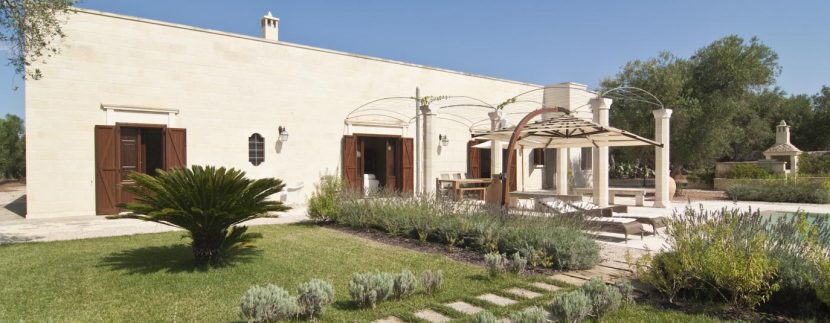Puglia History

The story of Puglia, like that of the other parts of southern Italy, is that of hardship and oppression, colonisation and invasion. It has been much fought over almost since prehistoric times and evidence of each phase of its history is everywhere
The Greeks were amongst the earliest settlers, overthrowing the indigenous people and founding a colony in Taranto from the 8th century BC which was part of Magna Graecia. This was just the beginning of a long history of take-overs ad cultural and political upheaval in the region. Next, of course, came the Romans who built the via Appia to connect Puglia to Rome. There are Roman buildings remaining all over the area, including the spectacular amphitheatre in Lecce.
As an important part of the Eastern Empire, the area was in the middle of a tug of war between Rome and Byzantium. After the fall of the Roman Empire there was a long dark period where the land was fought over by Goths, Lombards, Byzantines and Saracens. The Normans entered Puglia initially to help in the fight against Byzantium but by the 10th century were rulers of the region. Among the remaining traces of their occupation are the many ornate cathedrals dotted around the area, such as San Nicola’s Basilica at Bari.
By the 12th century the Normans were out and the Swabian dynasty in. For a time this worked well, the region prospered, particularly under Federico II, said to be Puglia’s greatest ruler, who embarked upon a massive castle building programme, evidence of which is everywhere, including the grandest of them all at Castel del Monte.
In the 13th century came the French Angevine dynasty as Puglia became part of the Kingdom of Naples. In 1500 King Ferdinand V of Aragon was given Puglia. Although the Aragonese fortified Otranto, Bari and Taranto against Turkish invasion, they then relocated the seat of power to Naples from Bari. It led to Puglia being under constant attack from Venetians and Turks. The land suffered, people fled, towns were abandoned. Yet the period of Spanish rule also gave the area many beautiful Baroque landmarks including the ornate buildings in Lecce.
The 1713 Treaty of Utrecht saw Austria as Puglia’s new rulers, but this did not last long. Defeat by the Bourbons meant that in 1734 poor, beleagured Puglia once again had another master. As Napoleonic France strengthened its power towards the end of the 18th century it took control not only of most of Italy but also Puglia. To avoid paying taxes to the unpopular rulers, landowners made poor Pugliese people built houses without mortar. This meant they could quickly be pulled down and rebuilt should the tax man be in the vicinity. These dry stone dwellings are, of course, the conical black-roofed trulli. Who could have imagined back then that a tax dodge could result in buildings of world renown with UNESCO World heritage status?
The feeling for independence and unification took hold of Italy in the 19th century and the country unified in 1861, with Puglia becoming part of the new Italy.
Although badly affected by the Second World War, Puglia is enjoying a revival in its fortunes. State aid and the natural resilience of its people, the beauty of its landscape and its natural resources – including award winning wine and olive oil, have meant Puglia has now a thriving economy. It is a popular tourist destination with both Italians and foreigners and its property market is expanding rapidly, as can be seen in the abundance of articles and programmes about the region in the media.
